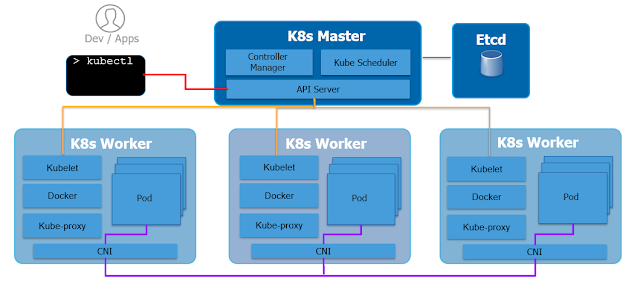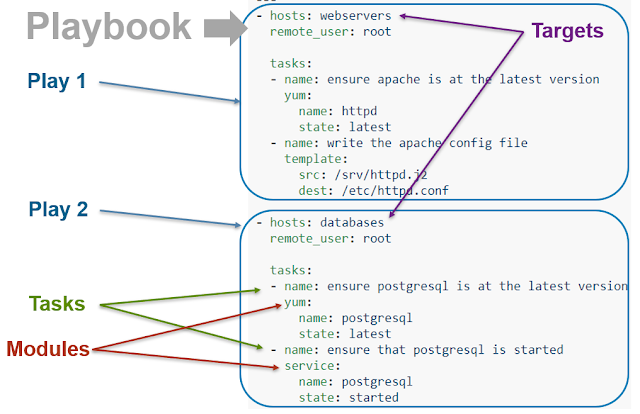Electronic Nose - eNose

In the previous article I provided details on VeeFarm which was one of the best projects we saw in ANZ Pied Piper 2019 edition and one of the best projects in the history of the program. The program inspired me and others to work together to showcase a great idea and the Pied Piper program itself during our presales conference. An idea I suggested to enhance VeeFarm was an electronic nose that could be used to detect the optimal ripening of the produce to advise the owner that it is the right time to pick it up the produce. This is an idea I had in the backburner for a while but never found the time to work on. Vee gave me the perfect excuse. The electronic nose, or eNose for short, is a custom PCB that hosts a range of gas sensors. For the proof of concept, I used the cheap MQ sensors. These are designed mostly for hobbyists and makers and they barely cost $1 per sensor. As one could expect, tweaking and calibrating these sensors it is even harder than the most expensive counter...




